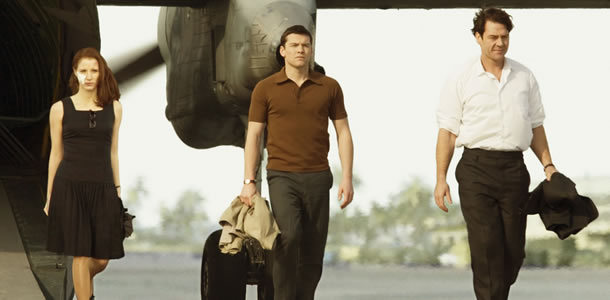 Can a movie about non-violence be violent? That’s the question that tormented me as I watched “Hacksaw Ridge,” a war film of immense power that’s inspiring and emotional but also endlessly brutal. How does director Mel Gibson square the film’s religious values with the film’s gratuitous bloodshed? What amount of gore crosses the line, or is the question moot?
Can a movie about non-violence be violent? That’s the question that tormented me as I watched “Hacksaw Ridge,” a war film of immense power that’s inspiring and emotional but also endlessly brutal. How does director Mel Gibson square the film’s religious values with the film’s gratuitous bloodshed? What amount of gore crosses the line, or is the question moot?
Many war films before “Hacksaw Ridge” have depicted unspeakable horrors on screen, all with the conclusion that war is bad, but the context and the means are what separate the good films from the bad, the noble from the tasteless. In fact, Gibson faced similar questions with his film “The Passion of the Christ.”
But “Hacksaw Ridge” does justify the means. The film is one-dimensional in its value system: life can be disturbing and painful, but those who stay true to faith and belief can do real good in this world. There’s much that can be said about the nature of religion in this film, the absence of other forms of belief than a Christian god, the short sighted approach to the values of the Japanese soldiers, let alone the secular American soldiers as supporting characters. But Gibson so earnestly believes with old-fashioned charm and honest storytelling that such a message is worth sharing, no matter the bloodshed the story requires. Continue reading “Hacksaw Ridge”

